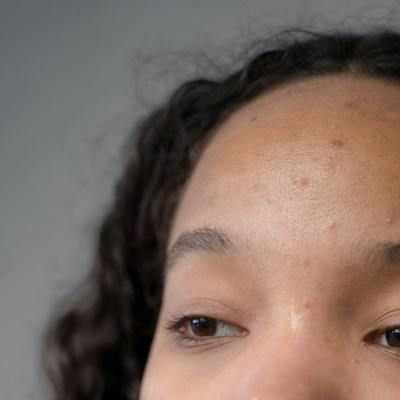Article
Genotyping Promises Precision Treatment of Atopic Eczema
Author(s):
The first study to associate genetic variances linked to skin barrier deficiencies and immune response in atopic eczema/dermatitis with the responses to treatment over several years has moved the field closer to individualizing precision therapies for the condition.

The first study to associate genetic variances linked to skin barrier deficiencies and immune response in atopic eczema/dermatitis (AD) with the responses to treatment over several years has moved the field closer to individualizing precision therapies for the condition, according to commentary published with the study.
"We now have a model to stratify AD, continue to monitor disease chronicity, and collect data to further inform more effective treatments," remarked Christina de Guzman Strong, PhD, Division of Dermatology, Department of Internal Medicine, Washington University School of Medicine, St. Louis Missouri and colleagues in the accompanying editorial in a journal of the American Medical Association.
The study’s principle investigator, David Margolis, MD, PhD, Departments of Dermatology and Biostatistics and Epidemiology, University of Pennsylvania Perelman School of Medicine, Philadelphia, PA, and colleagues applied the genotypic assessments of approximately 800 children with AD from the FDA-sanctioned post-marketing evaluation of long-term safety of a topical calcineurin inhibitor (TCI) — the Pediatric Eczema Elective Registry (PEER), to an analysis of therapeutic responses to treatments with topical TCI and with corticosteroid.
"The concept of precision medicine, which is often discussed in the context of genetic variability, emphasizes the individualization of health care by accounting for the unique personal attributes of each patient," Margolis and colleagues explained. "Here we identified variations in patient genotype that corresponded to differences in skin clearance and treatment usage over time."
Margolis and colleagues considered loss-of-function mutations in the gene for filaggrin (FLG LOF), an epidermal peptide, and genetic variants of thymic stromal lymphopoietin (TSLP), a regulator of Type2 helper T cell mediated immune response, as these have been linked to the cascade from skin barrier deficiency to immune dysregulation and subsequently to the chronic and relapsing inflammatory conditions of AD.
Against these genetic profiles, the treatment and response over a mean of 7.6 years was ascertained by surveying the parents of the children regarding skin clearance (if rash cleared any time during a six-month period), the frequency of TCI and/or corticosterioid use, and alternative treatments if the TCI had been discontinued.
Margolis and colleagues reported that patients with prominent LOF variants in the FLG gene (compound heterozygous or mutant for FLG LOF) were less likely to report skin clearance and more likely to use corticosteroids. Additionally, while use of TCI was equal across the four tested FLG LOF genotypes, those with two LOF mutations were more likely to have used corticosteroid more frequently. The researchers suggested that this reflects a limited effectiveness of TCI for this subset, because of the skin barrier dysfunction brought about by these mutations.
They also found a relationship between clinical histories and TSLP genotypes that supports previous indications that the TSLP rs1898671 single nucleotide polymorphism (SNP) may be protective, as patients who were homozygous for this TSLP genotype were more likely to report discontinuing the TCI treatment and less likely to begin using any other treatment.
The team agreed with the associations drawn by the researchers, finding that more frequent use of corticosteroids indicated higher-potency treatments are more effective than TCI for patients with FLG LOF genotype. They concluded that having two FLG LOF mutations is clearly associated with the chronic and severe aspects of AD. In addition, they suggested that the supporting evidence of a protective effect from TSLP rs1898671 from this study weighed against recommending a TCI for patients with this genotype.
They concluded the researchers "have uncovered timely evidence in support of achieving individualized precision medicine in the treatment of AD."
by Margolis and colleagues, and the accompanying editorial, “Effect of Counting Genetic Variants on Precision Treatment for Pediatric Atopic Dermatitis,” by de Guzman Strong and colleagues were published in JAMA Dermatology.
Related Coverage
Atopic Dermatitis has Two Major Causes
Reviewing Potential Atopic Dermatitis Treatments and Pathogeneses





